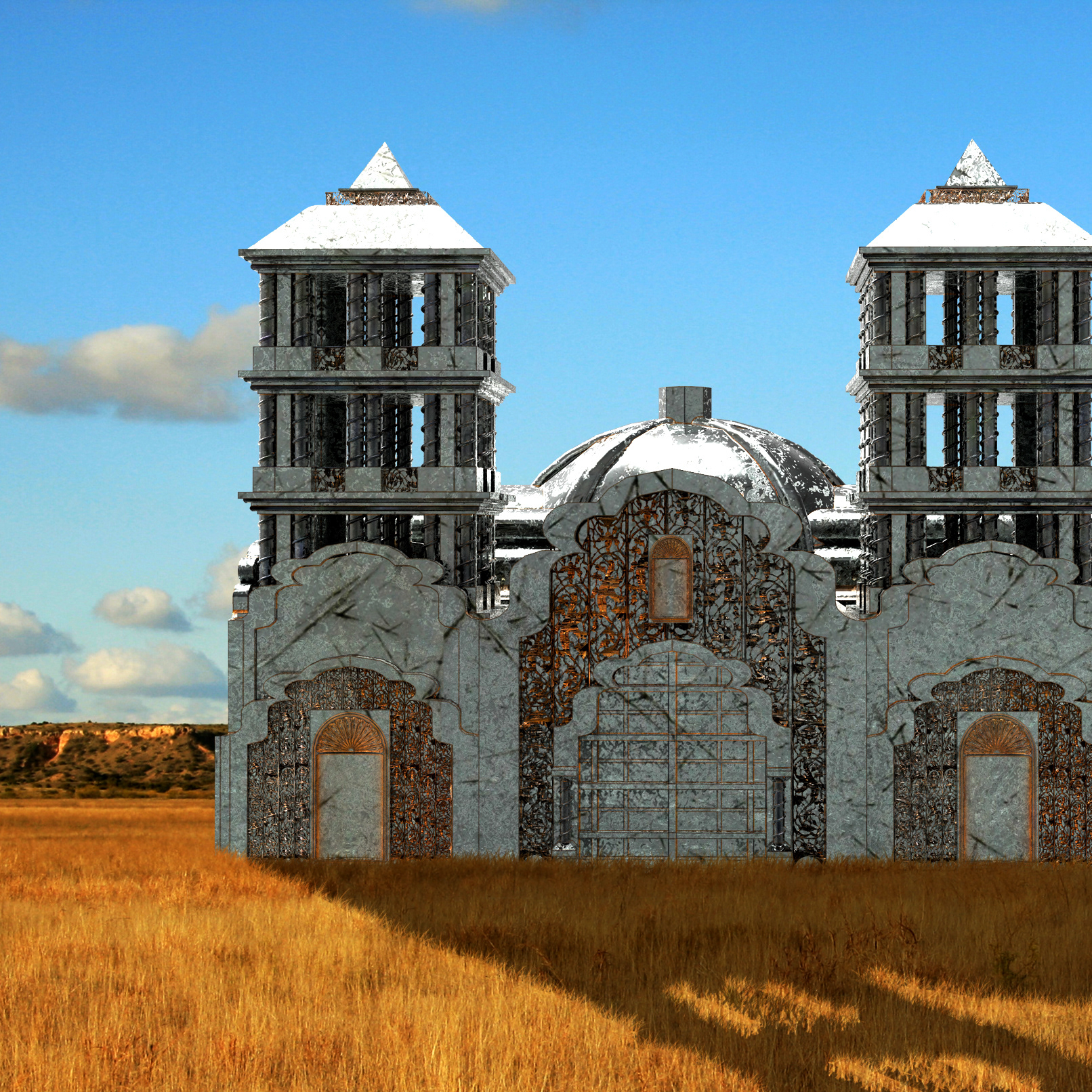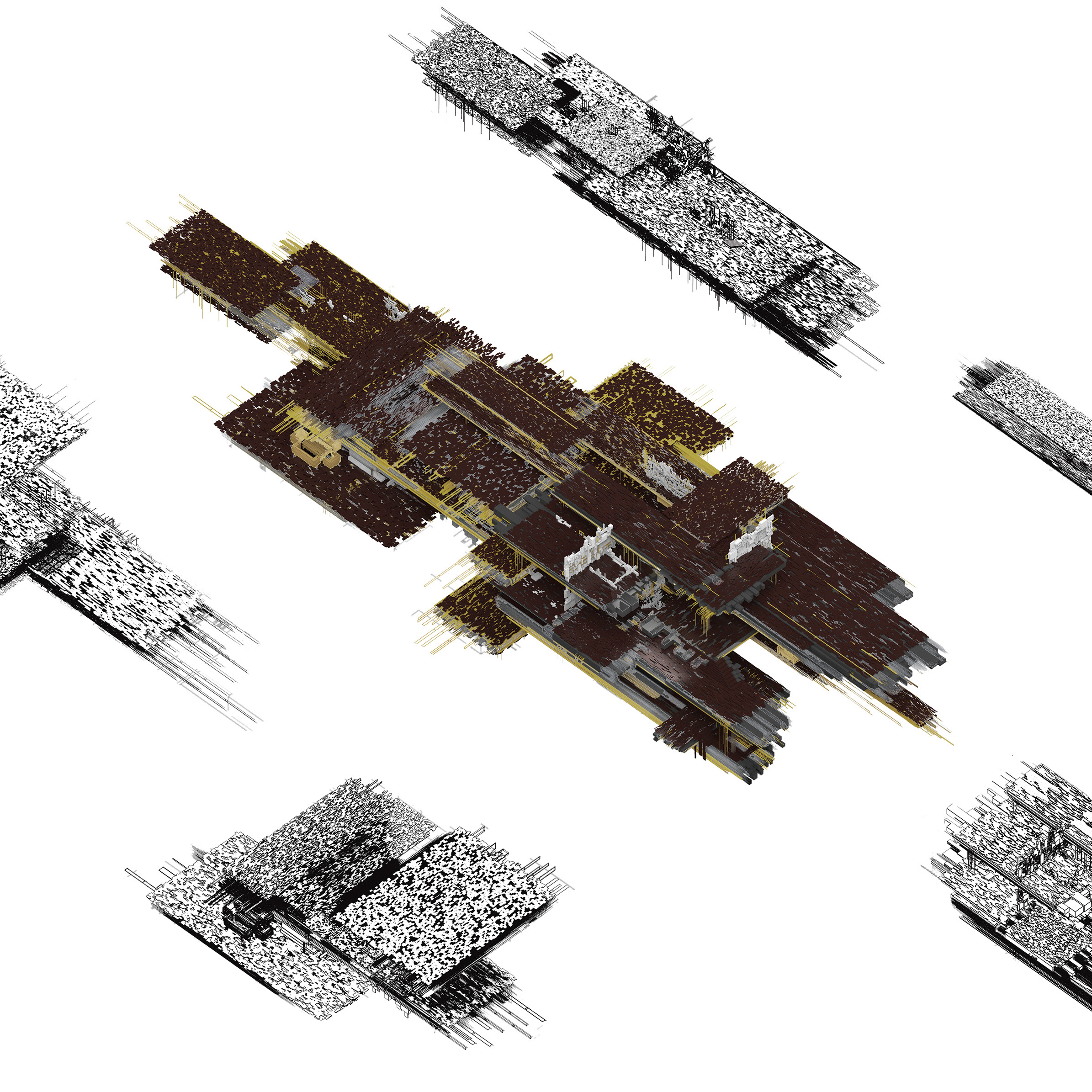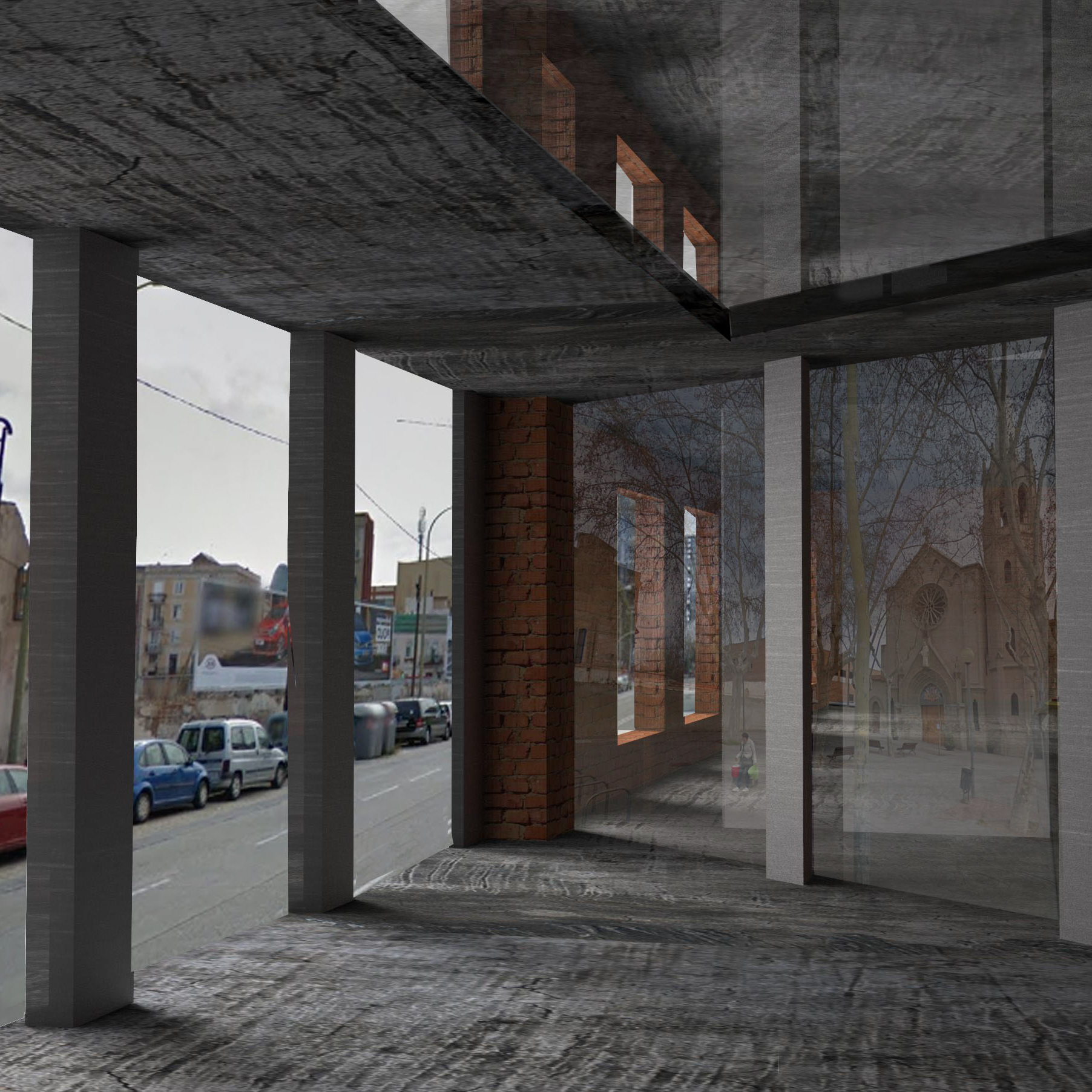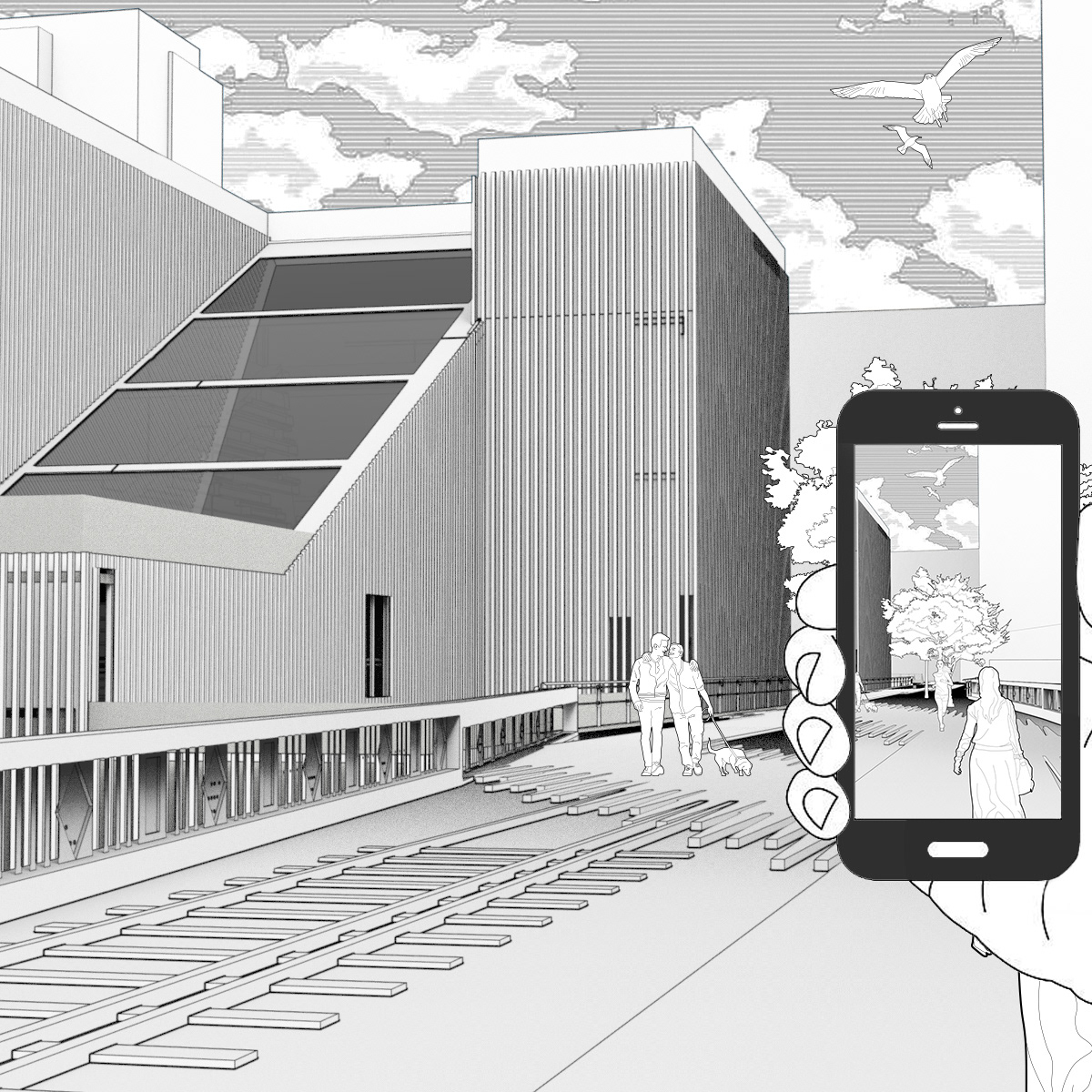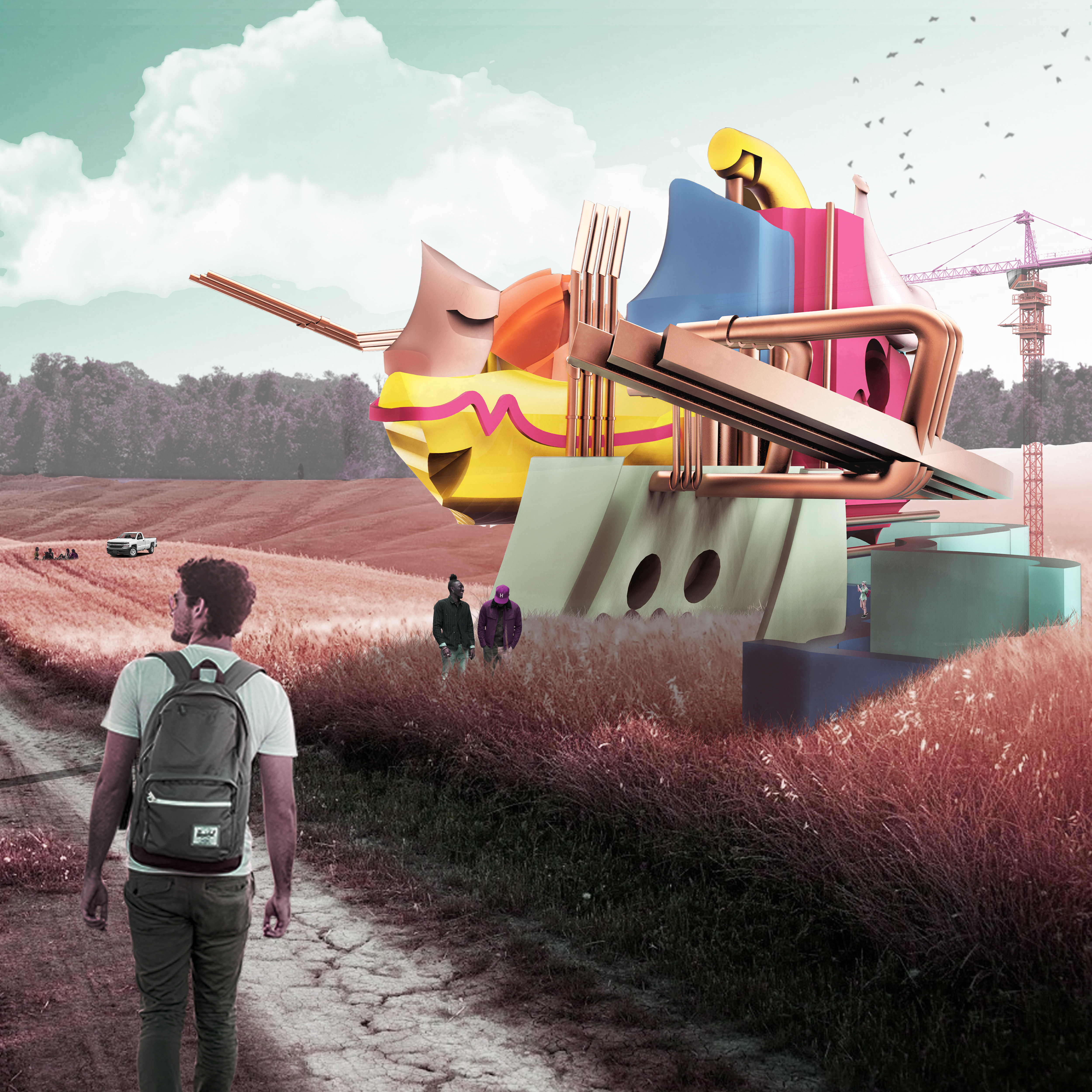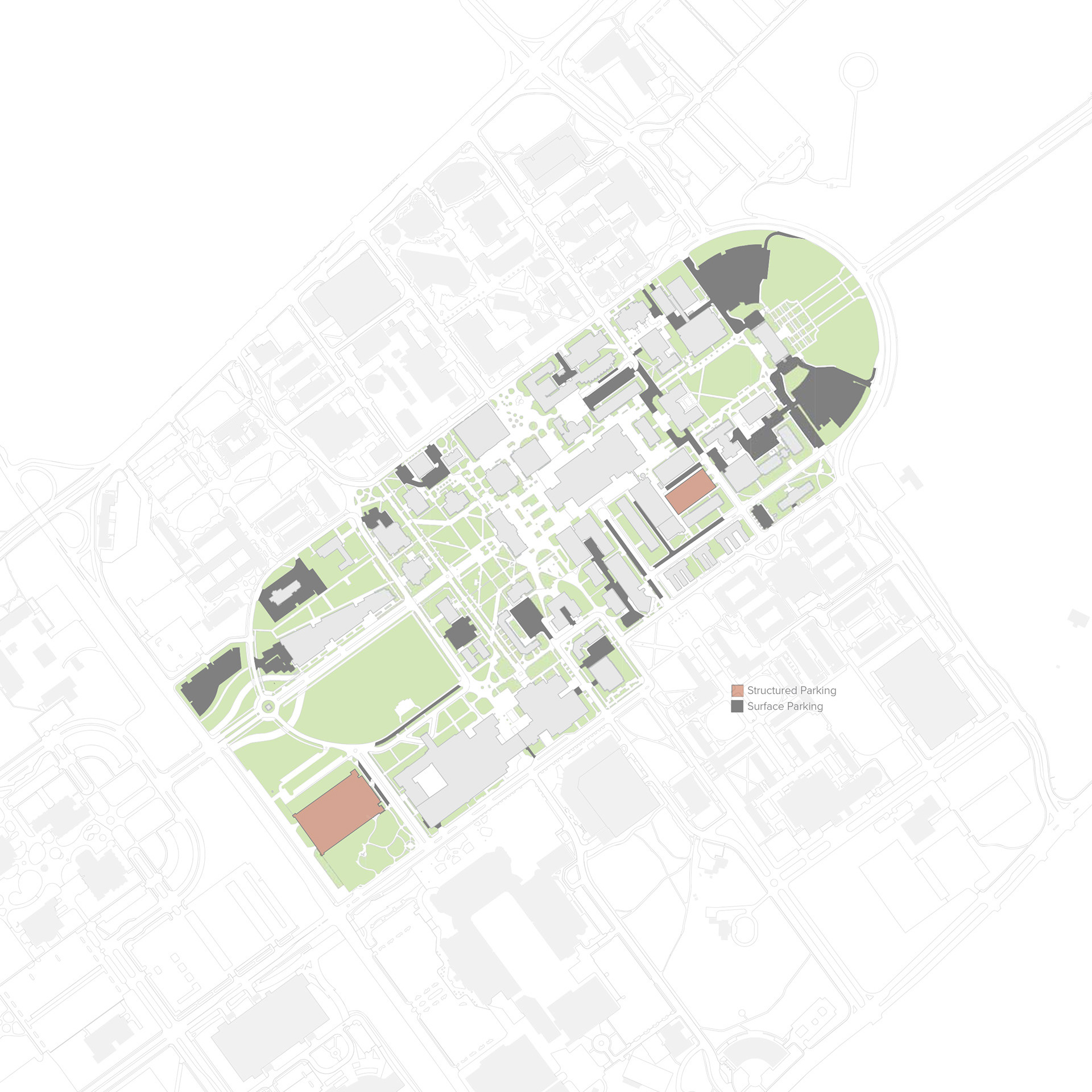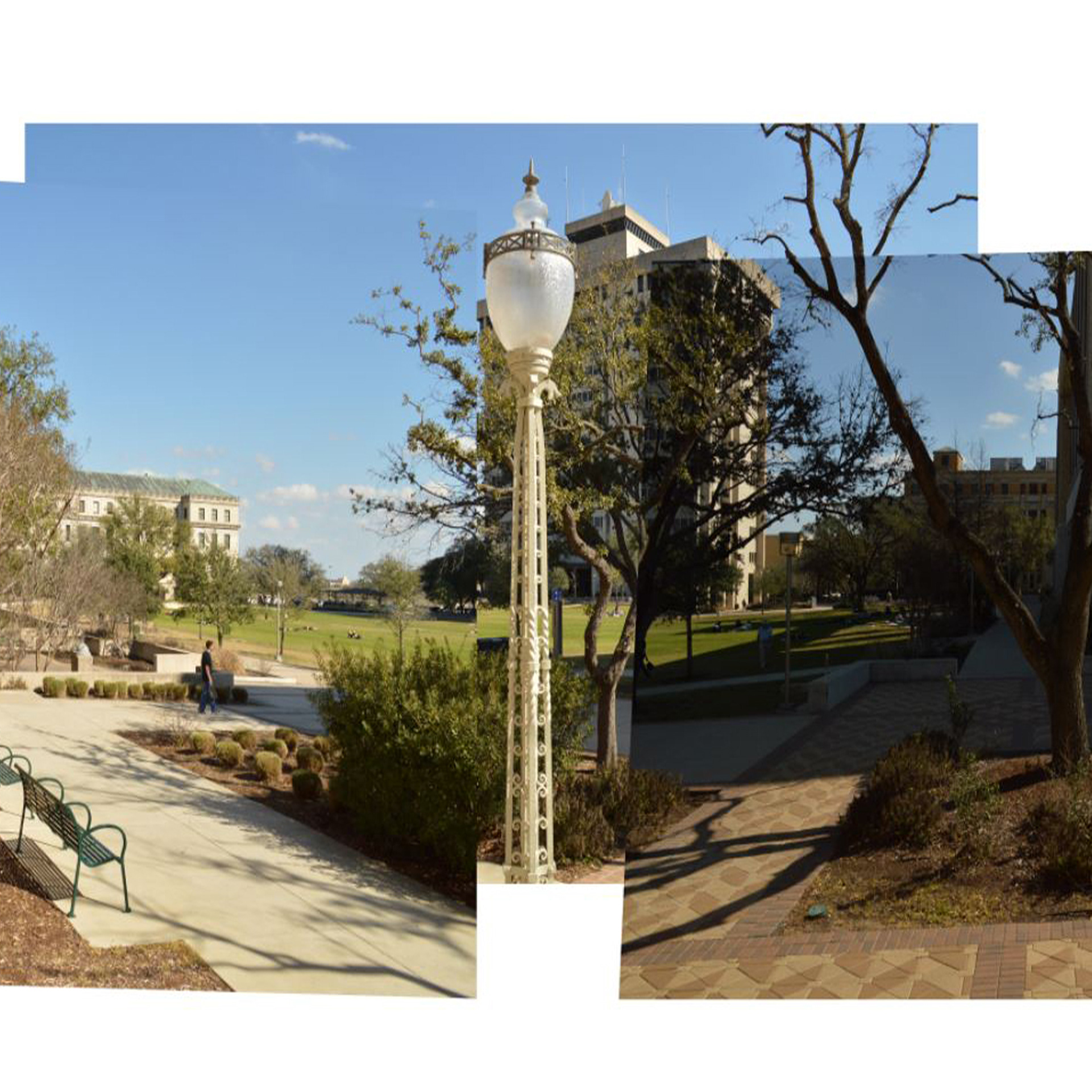In the process of deciphering these forms of tracing, it is important to identify the characteristics of representation and human perception through the understanding of reality from one's own mind. The objects presented are a representation from a digital distortion of primitives through figure and tracing. In the drawing's you can trace the outline and assume their primitive and see where the moments of distortion are formed. Some of the figures are exhausted in form, they are from a third generation, through a process of creation through the trace. This transition from 2D to 3D prevents the objects from becoming fully cooked, its existence relies on the 2 dimension qualities in drawings to assume the raw. By creating a new object from an outline, the trace of the primitive becomes strange. The primitives assumed by a trace of the 2D drawing is the familiar and what we are defining as raw a starting point in form, where the cooked is the over processed generation, removed from the familiar. Each object holds its own definition, but the ensemble holds a place of medium rare. The moments where you can still assume the primitive is layered with offsets, a shell of exterior form acting as a veneer of processing or “cooking” without affecting the actual object. Moments of the object that are cooking are affected by external forms, from either peeling away or impressions from “digital drips”.
Using modern techniques in Horticultural Gardening, a programmatic structure such as horticulture can be feed nutrition through the uses of a hydroponic system. These systems are being practiced in closed environments which allow for climate, nutrition, and protection of the vegetation. To add in the process of the removal of the “human” in the typical human-centered the practice of architecture, the adoption of Dual Spectrum lighting is used to maximize vegetation development. The system utilizes a series of blue spectrum metal halide lamps and a red spectrum of high-pressure sodium. This in combination creates a pink spectrum of lighting that distorts human perception of vegetation since what we normally perceive vegetation as green, due to the fact that green spectrum of lighting is not absorbed by plants but rather reflects off into our retinas; we now have no sense of identification with the color with the lack of presence of greens and yellows.
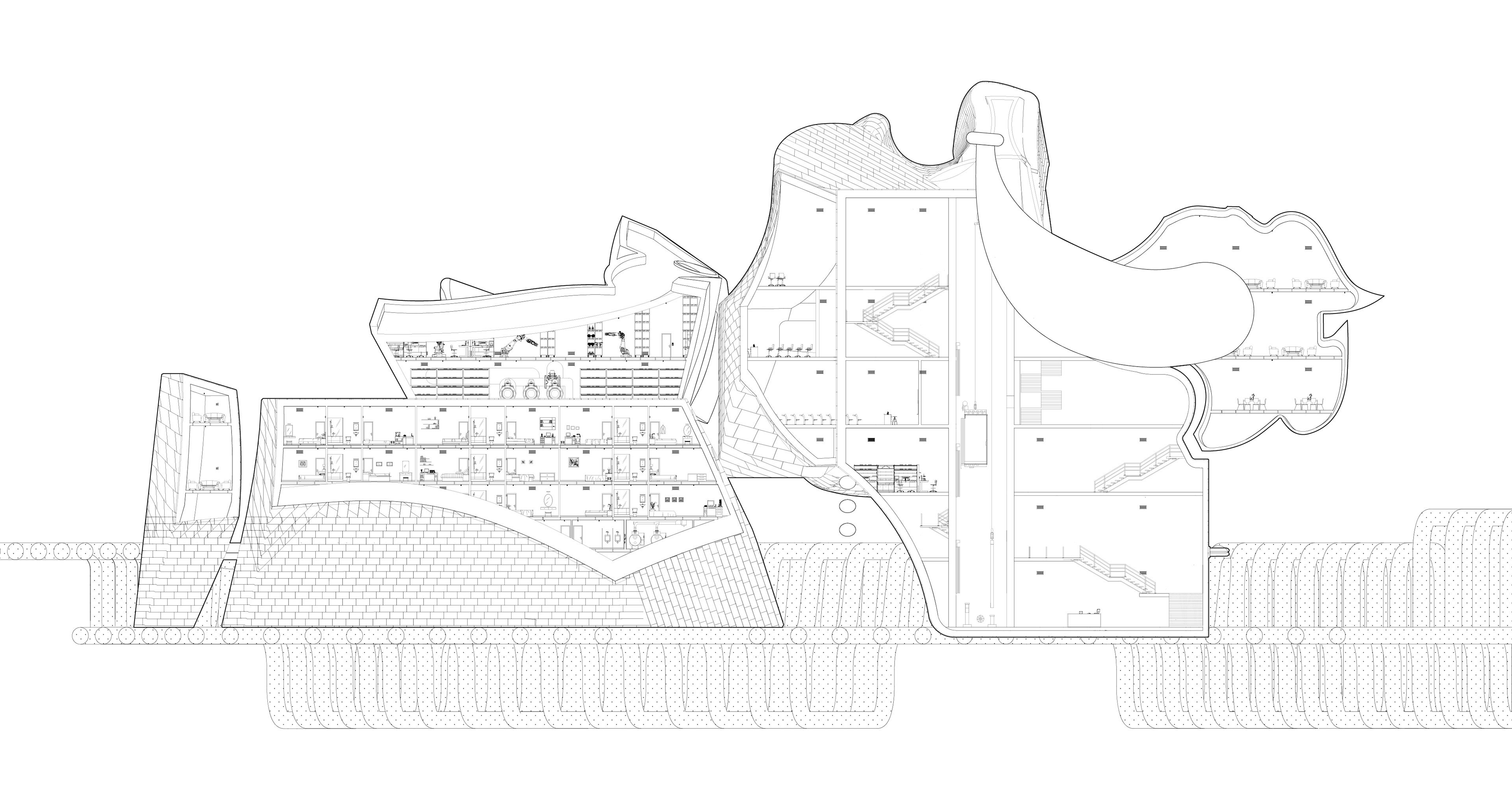
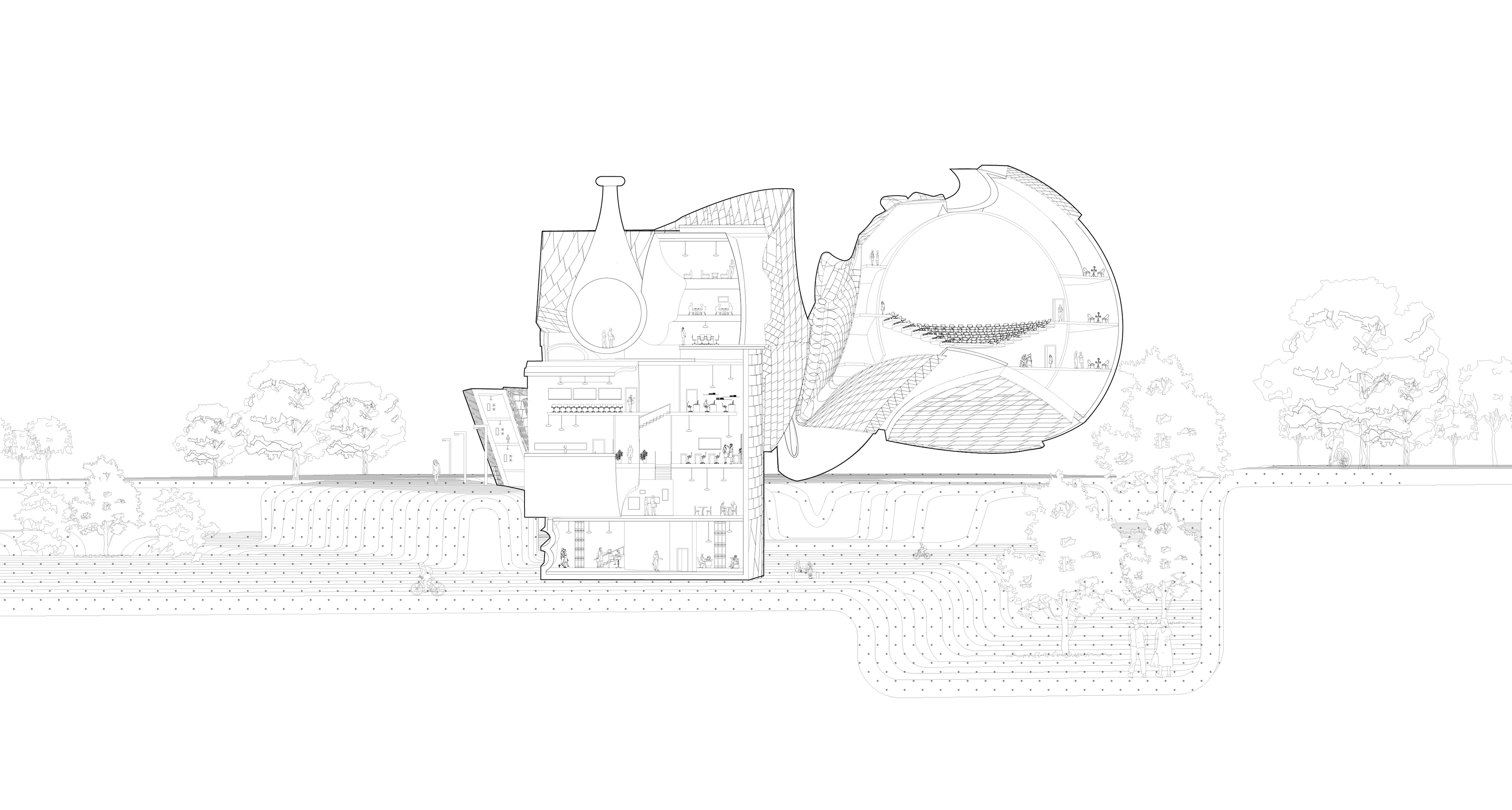
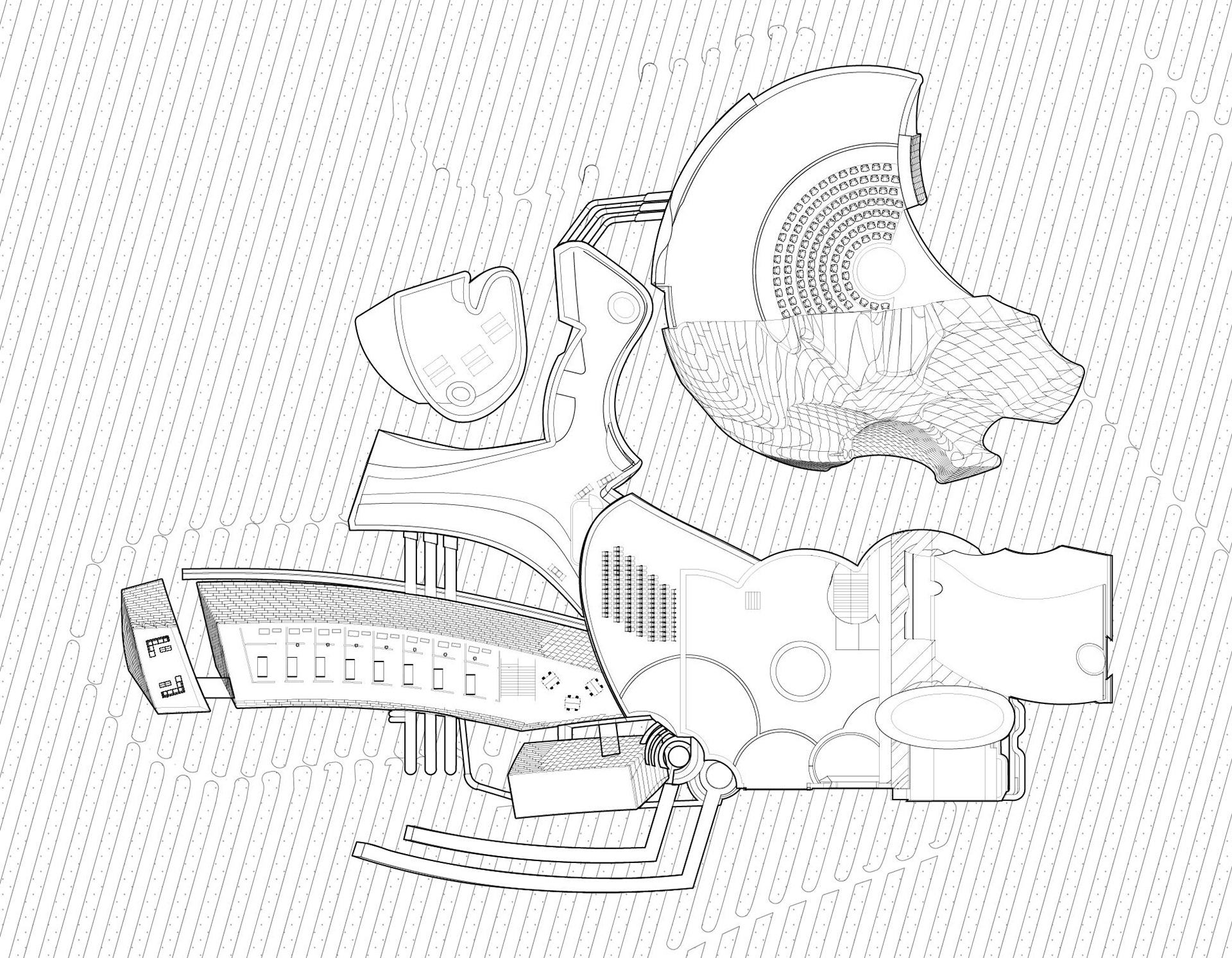
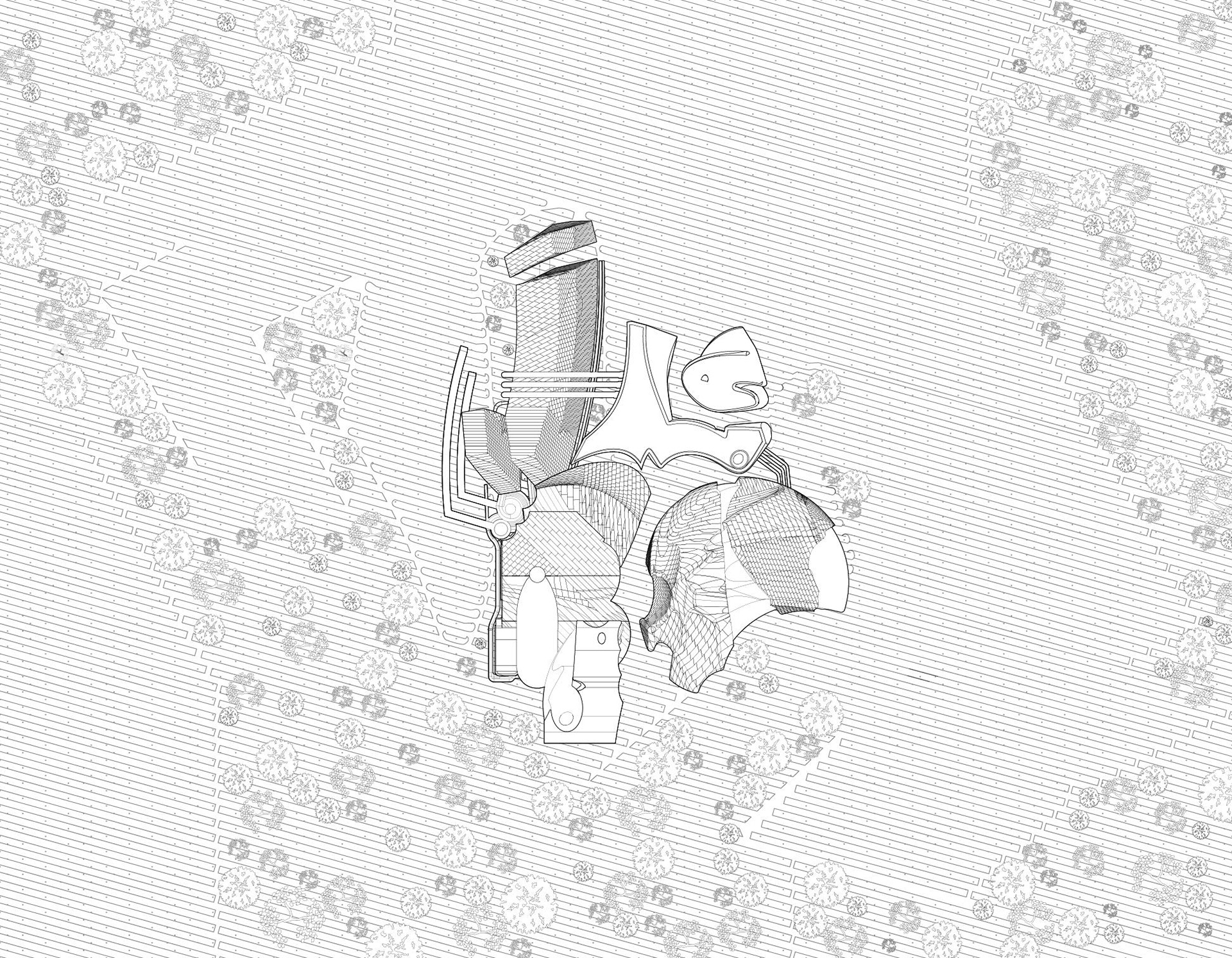
The arrangement of panels along with their materiality provides a sense of realness to the massing's, vegetation such as grass and trees provide a common environment perceived as reality. While the scale and cantilever leave the viewer unsettled in their ability to understand its structure. The vegetation and garden itself provide a sense of materiality to the massing. The weaving of branches and vines adds definition to the structure and operates on scales not normally interpreted by the viewer. It in itself provides the viewer with a portal out of reality, thus offering a revel. The collection of floral vegetation identified by species and climates zones along with the maturity to blossom in sync is not conceivable in reality itself. In All this revel to the viewer is a portal to another reality, one that is not common but yet familiar producing other realities. Developing gaps through a certain sense of reality. The brain will use a process of informed guesswork to understand environments and situations. It is through this process that Fictional Realities comes into play, developing a system using prior beliefs and expectation with things. Perception is rather a controlled hallucination, reality as an agreed upon a state of hallucination.

